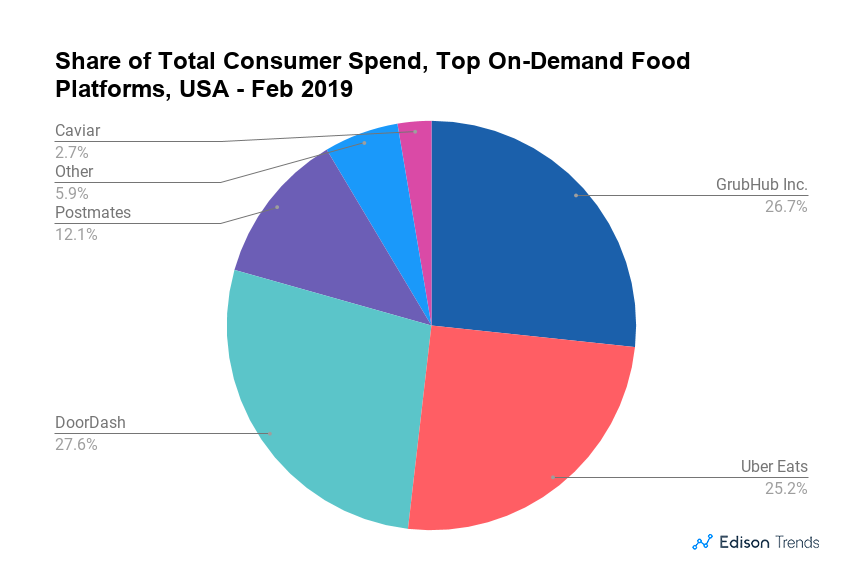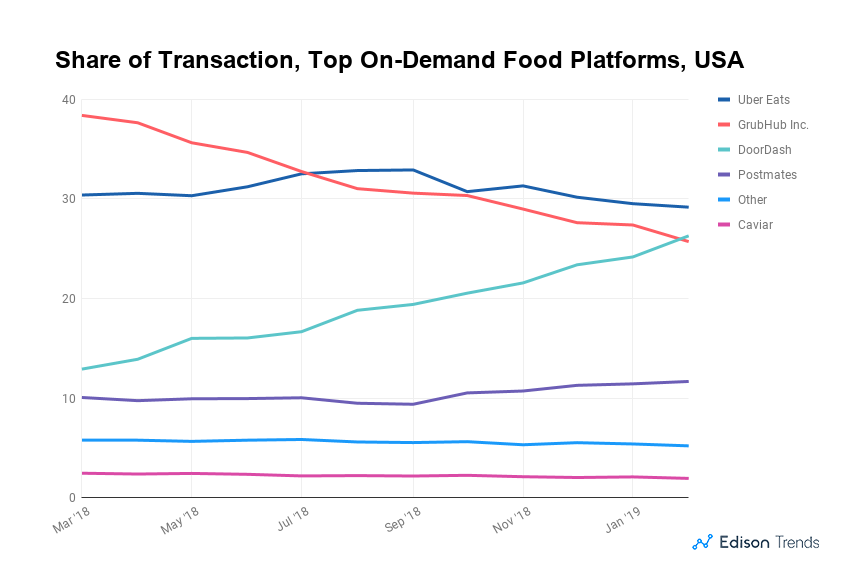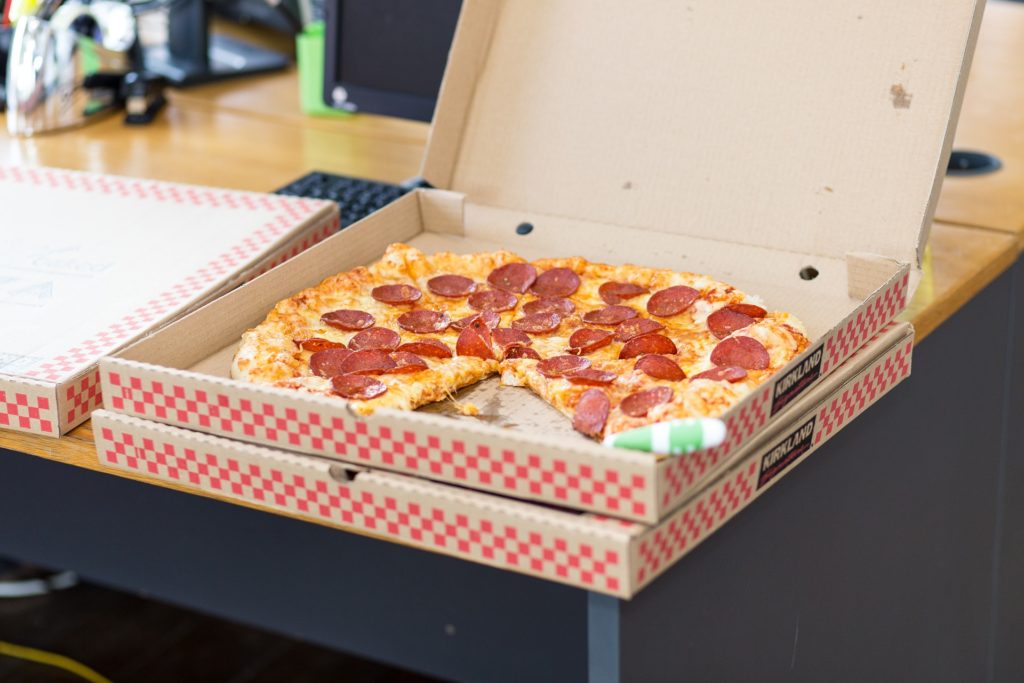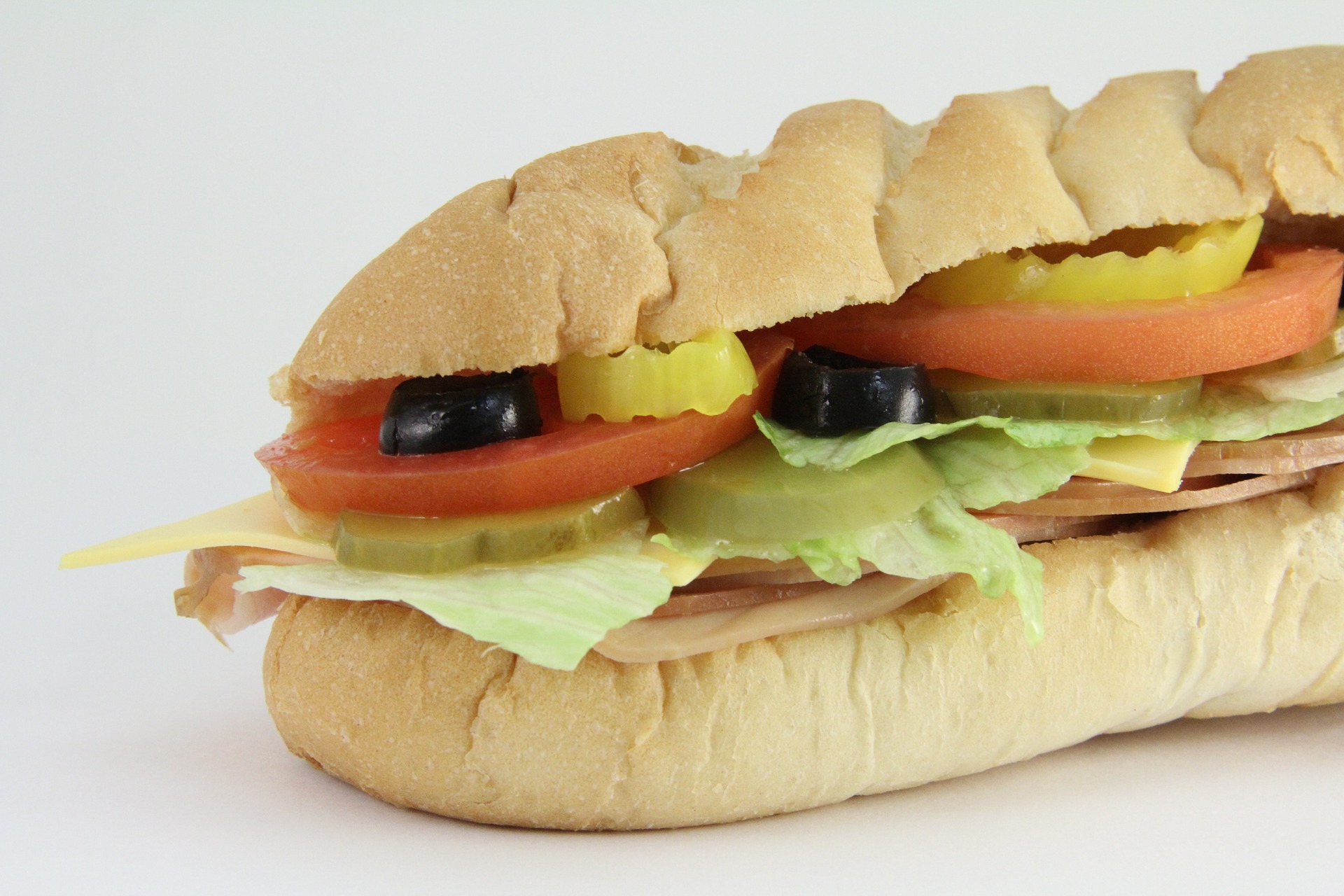As the popularity of food delivery services continues to grow, a battle royale has emerged among three of the most widely used apps: DoorDash, GrubHub and Uber Eats. Although Grubhub was named a market leader in consumer spending among the trio last year, newly released research shows that DoorDash has pulled ahead of its competitor.
As of February 2019, DoorDash took the lead against on-demand food platform competitors across the US with 28 percent of market share, followed by GrubHub with 27 percent and Uber Eats with 25 percent, according to data released by research firm Edison Trends on Monday. An honorable mention went to Postmastes which captured just over 12 percent of the market.

Hetal Pandya, co-founder and vice president of marketing at Edison Trends, says DoorDash is proving itself to be a tough competitor in the food-delivery space.
“If you look at DoorDash, the ground they’ve covered in the last year is unbelievable,” said Pandya to Forbes. “It practically looks like they took all the ground from GrubHub.”
From March 2018 to February 2019, DoorDash’s monthly share of total consumer spend in the US nearly doubled, from 15 percent to 28 percent. In comparison, the monthly share of total consumer spend of Uber Eats, Postmates, and Caviar remained roughly the same. During the same period, GrubHub experienced an 11 percent point loss in market share, falling from 38 percent to 27 percent.
“A year ago we wouldn’t have been talking about DoorDash,” continued Pandya. “Things are moving really fast in this space, and you can never tell what’s going to happen.”
This may in part be thanks to a recent expansion that saw the company broaden its coverage to all 50 states and more than 3,300 cities in the past year. The company now covers 80 percent of the US, while rivals Uber Eats and Grubhub cover over 70 percent.
“When you think about the evolution of this industry, it started really in the cities. In New York, anyone in the city can get anything delivered, and that’s not true anywhere else in the US,” CEO and co-founder Tony Xu told Forbes. “We believe whether you grew up on a cornfield like I did in Illinois or whether you’re in San Francisco, you should be served.”
In February, DoorDash also announced it had raised another $400 million in a Series F funding round led by Temasek and Dragoneer Investment Group at a valuation of $7.1 billion. In August 2018, it was valued at $4 billion.

“We were always on pace to become the leader in the industry and this allows us to get there faster. We always had ambitions to go beyond restaurants, and this allows us to get there sooner,” said Xu.
Though DoorDash is in the lead when it comes to total consumer spending, the company falls behind Uber Eats in the total number of transactions.
As for why Uber Eats is still trailing behind DoorDash in overall spending, that can be attributed to the types of purchases that consumers using the app make. Uber Eats is known for its partnership with McDonald’s, and the cost-effective food by the fast food giant could be behind smaller spending per order.
If Uber Eats can find a way to increase consumer spending per order, the service does have an opportunity to challenge DoorDash in that area. And inside the competitive and rapidly evolving world of digital food delivery, it’s best to expect the unexpected.












Join or login to leave a comment
JOIN LOGIN